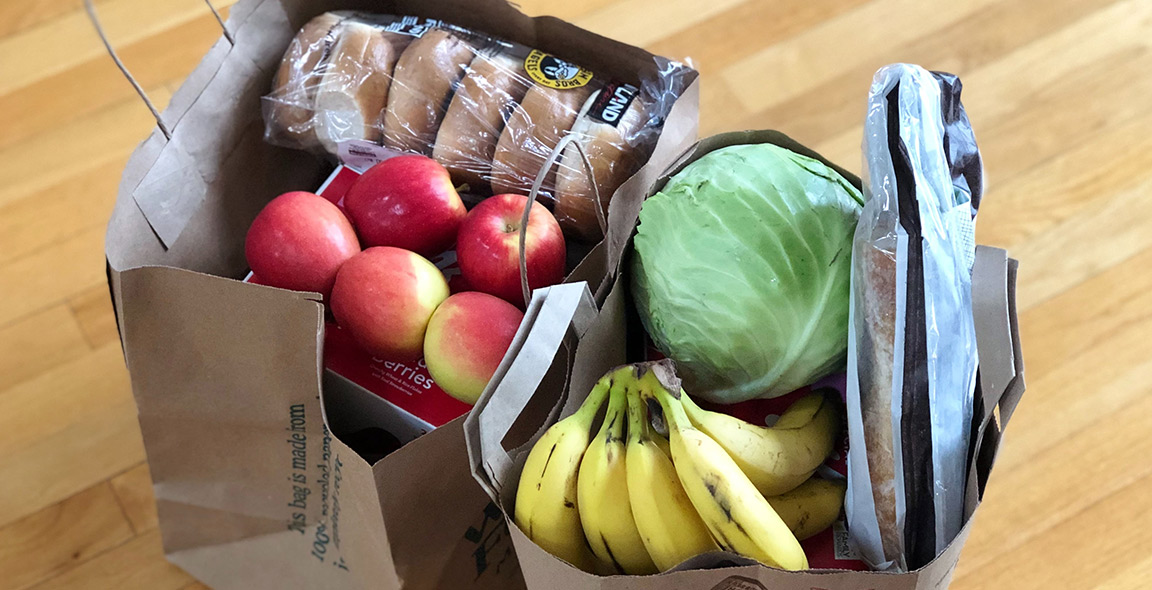
Improving access to healthy, affordable foods can help prevent and reduce obesity among children and families. Yet many families do not have access to healthy affordable foods in their neighborhoods and communities. Food access is also an important component of food security, which is having consistent access to enough nutritious food for a healthy active life. In 2018, an estimated 1 in 9 Americans were food insecure, including more than 11 million children.
During the COVID-19 pandemic, this number rose to the highest levels ever documented in the U.S. at 38%, with nearly 1 in 2 households with children impacted. Research in this area focuses on increasing access to healthy affordable foods through grocery stores, corner stores, restaurants, mobile food vendors, farmers’ markets, and other food outlets in low-access areas including lower-income communities in urban and rural areas.
Research & Publications See all
May 2025
Implementation Insights and Equity: Considerations for Summer EBT in 2024
In 2024, the US Department of Agriculture introduced a new federal nutrition initiative, the Summer Electronic Benefits Transfer (EBT) program—also known as SUN Bucks. This program offers grocery benefits to low-income families with children during the summer months to help address gaps in summer food assistance. In 2024, 37 states, all 5 US territories, and More
February 2025
More States and Sponsors Are Providing Grab-and-Go Meals to Children during Summer
In 2023, to respond to increased rates of child food insecurity during the summer Congress authorized states to opt in to allowing noncongregate, or “grab-and-go,” summer meal services for students in rural areas. In the summer of 2023, 46 states and DC opted in, and in the summer of 2024 all 50 states and DC More
January 2025
Beyond Food Assistance: A Scoping Review Examining Associations of Nonfood Social Safety Net Programs in the United States With Food Insecurity and Nutrition Outcomes
This scoping review aims to summarize the state of the evidence on associations between participation in nonfood social safety net programs (eg, income assistance, housing assistance) in the United States and food- and nutrition insecurity–related outcomes. Six databases were systematically searched for peer-reviewed articles. Included articles (n = 65) reported on studies that examined 10 unique social More
January 2024
Food Insecurity and the Child Tax Credit
Food insecurity puts people at risk for many poor physical and mental health outcomes. Food insecurity stayed stable during much of the COVID-19 pandemic but rose significantly from 2021-2022 among U.S. households with children. Many federal supports were offered during the COVID-19 pandemic. These included expansions in food assistance programs like SNAP, as well as More